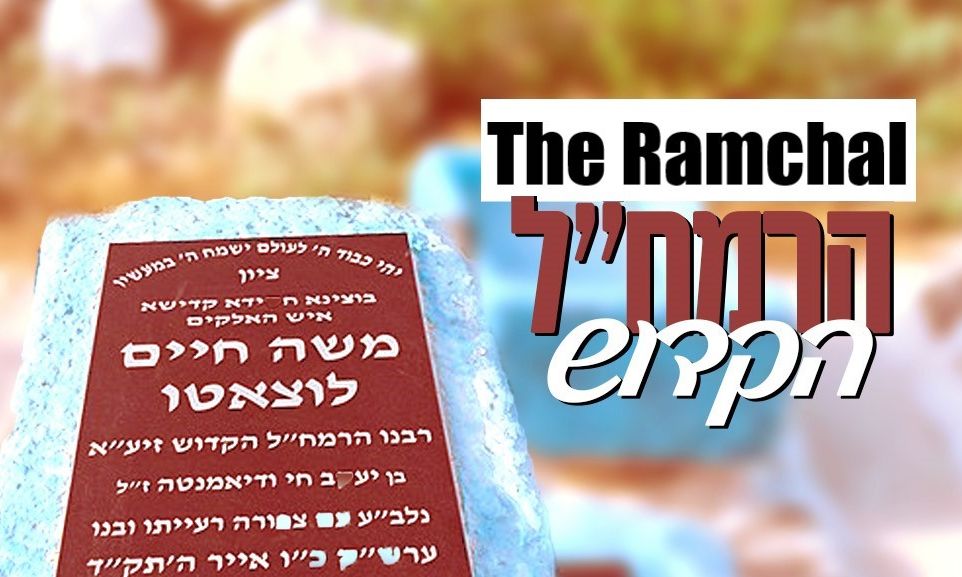
Rabbi Moshe Chaim Luzzato – The Ramchal
Date of Passing: 26-Iyar. Rabbi Moshe Chaim is best known for his masterly ethical work, Mesillat Yesharim, probably the most popular musar (ethics) work in Jewish literature.

From early youth Moshe Chaim Luzzato was educated in both religious and secular studies. A child prodigy and accomplished linguist, he mastered Hebrew, Italian, Aramaic, Latin, Greek and French. At a very early age, he also began to study Kabbalah under the tutelage of Rabbi Moshe Zacuto (the RAMAZ), one of the foremost Kabbalists of his generation. An ardent student of Kabbalah, he could faultlessly recite all the works of the Ari at the age of 14. It is said that “he did not know what it meant to forget something.” He also knew by heart the entire Talmud and Midrash.
He led an extremely ascetic and pious life. With like-minded friends he studied Kabbalah and ways to self-improvement and achieving perfection. This group had its own code of ethics. They applied rules of behavior in their relation towards one another, such as relating towards each other with kindness and accepting criticism from one another without resentment. They attempted to banish all selfishness from their spiritual motivation. Their version of the Work of Unification was to be solely for the benefit of the world and not for personal goals. They also chose for themselves a number of disciplines, among them the following one: 24 hours a day, taking turns, a member of their group would read from of one of the kabbalistic writings, mostly from the Zohar. This was the way in which they chose to uphold a constant connection with the Upper Worlds. This group existed for a number of years until it caused a major dispute, the first of many during the coming years. A number of confrontations between opponents of Luzzato and his supporters followed. These are quite complicated and not all the facts about them are known. The chief rabbis of Padua, Venice, and Frankfurt were involved, and during a number of disputes he was forced to hand over to them some of his more controversial writings. These have therefore been lost.
There were a number of reasons why his work attracted such opposition.
1) One was his claim that one of his first books on kabbalah had been written, not by himself, but by a spiritual guide, a maggid from the upper worlds.
“While alone in my room, l heard a voice saying,: “- to reveal hidden secrets of the Holy King” I rose a little, trembling, and then I was able to strengthen myself … On the second day I endeavored to be alone in my room at the same hour, and indeed the voice returned and told a further secret. Afterwards, it was revealed to me that this was a maggid sent from heaven to acquaint me with detailed Unifications (Yichudim) for my attention … ” (from Igrot Ramchal, 1727)
2) A second cause for concern for the rabbis were the messianic interests of the study group. In the aftermath of the Shabtai Tzvi disaster (1626-1676) the rabbinical establishment tended to be wary of any potential messianic unrest.
3) A third point of contention was Rabbi Luzzato’s idea that kabbalah should be taught to everyone within the Jewish community rather then be kept for small educated circles. He had a vision of a kabbalah accessible to all. This can maybe be compared to the popular mysticism of the chassidim. The chassidim deemed their movement necessary because of the extreme poverty and suffering of the Jewish people in the communities of eastern Europe. Luzzato confronted the problem of science, rationalism, and loss of faith.
About 60 years ago, a huge cache of letters was found (published by Dr. Simon Ginzburg in 1937) which describes at length in his own words, the persecution that he endured. His detractors, led by Rabbi Moshe Chagiz, forced him to emigrate.
He moved to Amsterdam, where his Torah lectures attracted a large number of students. There he wrote his most important work, Mesillat Yesharim (Path of the Just). It is a guide to perfection. It is considered the foremost text on Mussar and has been an aspiration to thousands. With deep aspect of the human personality and its weaknesses, offering advice on ways to overcome them. Mesillat Yesharim (Path of the Just) is studied in all yeshivot nowadays. The Ramchal also authored more than 40 other books on Kabbalah, ethics, philosophy, and poetry.
In 1743 The Ramchal moved to Eretz Yisrael, arriving in the same month that the sainted Rabbi Chaim ben Atar (Ohr HaChaim) died. Little is known of his life in the Holy Land. In 1747 he and his family fell victim to an epidemic in Acco.
Though most of R. Moshe Chaim’s opponents are long forgotten, his profound spirituality continues to touch and inspire Jews of all groups. Rabbi Eliahu, the famed Vilna Gaon, declared that Rabbi Moshe Chaim Luzzato had the most profound understanding of Judaism that any mortal human could attain. He furthermore stated that if Luzzatto were alive in his generation, he would go by foot from Vilna to Italy to sit at his feet and learn from him.
The Spiritual Realm
Chapter 5 from his book “The Way of God”
The physical realm and the spiritual realm
Creation in general consists of two basic parts: the physical and the spiritual.
The physical is that which we experience with our senses, and this in turn is divided into the terrestrial and the celestial. The celestial includes such heavenly bodies as the stars and their planets. The terrestrial includes everything in the lowest sphere: the earth, water and atmosphere, and every detectable thing they contain.
The spiritual consists of all entities which are not physical and which cannot be detected by physical means. These in turn are also divided into two categories: souls and transcendental beings. Souls comprise a class of spiritual entities created to be put into physical bodies, to be joined and strongly bound to these bodies, acting upon them in order to perform various functions in them at different times.
Transcendental beings comprise a class of spiritual entities that are not created to be put into physical bodies. These in turn are also divided into two categories. The first category consists of Forces (Kochos), and the second, of Angels.These transcendental beings also exist on different levels, each type having its own laws and distinct nature depending on its level and place in the general scheme. So great is the variation between different angel types that each group can be called a different species in a general class. This general class is the Angelic.
The class of Shedim (Demons)
There is, however, another class that is like an intermediate between the spiritual and the physical. This consists of entities (Demons) that cannot be detected by physical means and are not bound by the limitations and laws of ordinary detectable matter. For this reason, they might improperly be considered spiritual. Their Essence, however, is very different from that of the angelic class, even though they may resemble them in some ways. These entities also have specific attributes and unique limitations, based on their true nature. They are therefore considered a separate class, namely that of Shedim (Demons) This class also contains certain individual types, where each type may be considered a separate species belonging to the general class of Shedim.
Man and the animals: similar but very different
Of all the things that exist, however, only man alone consists of two absolute opposites, namely a spiritual soul and a physical body. Nothing else in all creation shares this quality.
One must be careful not to erroneously consider that other animals are the same as man in this respect. Although animals do have a soul, it is not a spiritual entity. Although an animal’s soul may be the most ethereal of all physical entities, it still does not enter the realm of the spiritual.
Man is also a living creature, and therefore also has a similar animal soul. Besides this animal soul, however, man also has a Higher soul. This Higher, Godly soul is a separate entity, completely different from the body and far removed from the physical. Only by virtue of God’s decree is the Higher soul able to reside in man’s physical body, for the purpose outlined in the previous chapters.
Man’s limited Knowledge of spiritual entities
We are well aware of physical things, and their natural of properties and laws are well known. Spiritual concepts, on the other hand, are outside of our realm of experience, and therefore cannot be adequately described. When we speak of spiritual entities and phenomena, we must therefore rely completely on the traditions handed down to us.
Ethereal Forces are the roots of all that exists
One of these fundamentals is that everything in the physical world has a counterpart among the transcendental Forces. Every entity and process in the physical world is linked to these Forces, following a system decreed by God’s wisdom. These Forces are therefore the roots of all physical things, and everything in the physical world is a branch and result of these Forces. The physical and the spiritual are thus bound together like links in a chain.
The Appointment of angels over the physical realm
We also know from tradition that every physical entity and process is under the charge of some type of angel. These angels have the responsibility of maintaining the natural order, as well as bringing about changes, according to God’s decree.
What exists and happens in the physical realm is a mere “copy” of the spiritual realm
The existence and state of being of the physical universe thus emanate from these highest Forces and are dependent upon them. Whatever exists in the physical world is a result of something that takes place among these Forces. This is true of both what existed in the beginning and what transpires with the passage of time.
These Forces were the first things created, and they were arranged in various systems and placed in different domains. Everything that came about later was a result of this, following rules willed by God, linking these Forces to the physical world. Everything that happens in the past or present thus has its origin in processes taking place between these Forces. The existence, state, pattern, and every other quality that exists among these Forces are a result of what is relevant to them by virtue of their essential nature. The existence, state, arrangement, and other phenomena involving physical things in turn depend on what is transmitted and reflected to them by these Forces, following the essential nature of these physical entities.
Man can choose freely between good and evil
According to this principle, every physical phenomenon originates among these highest Forces. There is, however, one exception to this rule, and that includes all things that depend on man’s free will. God willed that man should be able to choose freely between good and evil, and therefore made man absolutely independent in this respect. Man was thus given the power to influence the world and its creatures in any manner his free will desires
Categories of influences: downward and upward
The world therefore contains two opposite general influences. The first is that of natural determinism, while the second is indeterministic. The deterministic influence is directed downward from on high, while the indeterministic is directed upward from below. This is because the deterministic is the influence that stems from the highest Forces, and therefore, when it is directed toward our material world, it is directed downward. The indeterministic influence, on the other hand, is the result of man’s free will here in the physical world.
Since both man and his actions are physical, the only direct influence that he can have is on physical things. Because of the linkage between the physical
May the merit of the tzaddik Rabbi Moshe Chaim Luzzato protect us all, Amen.
***
Used with kind permission from Daily Zohar Tzadikim.


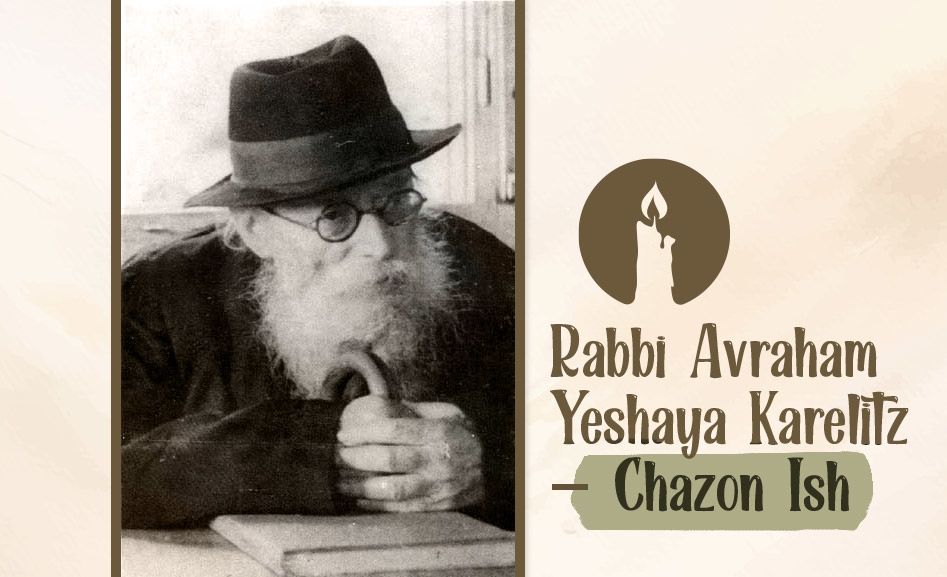

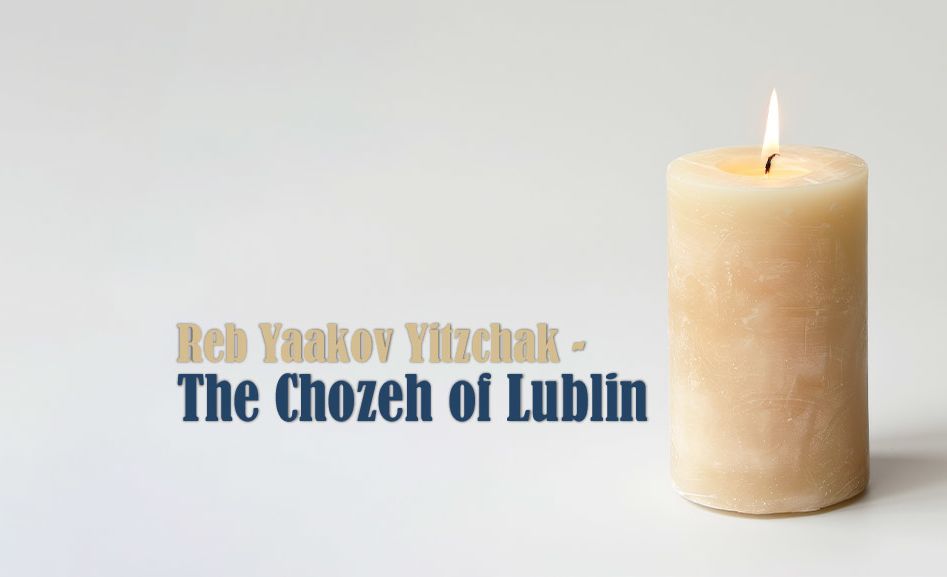
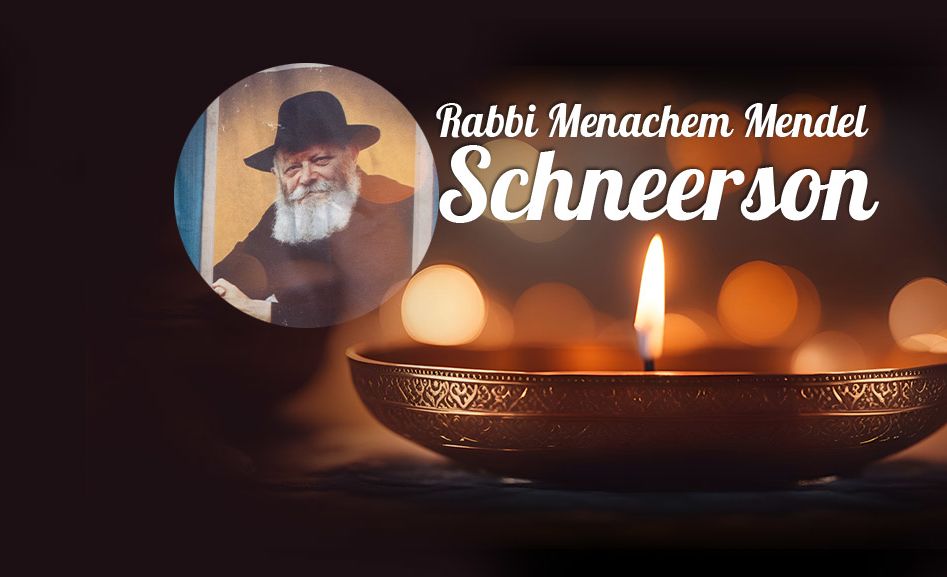

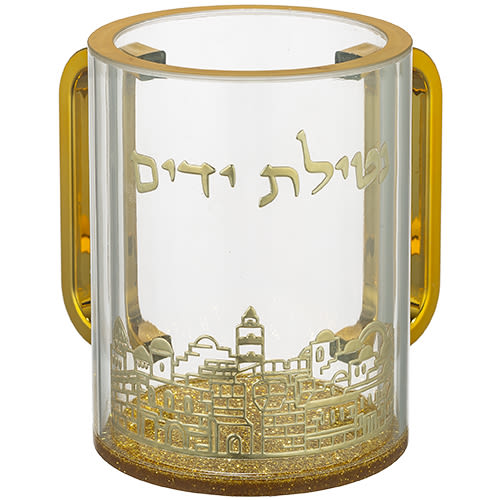
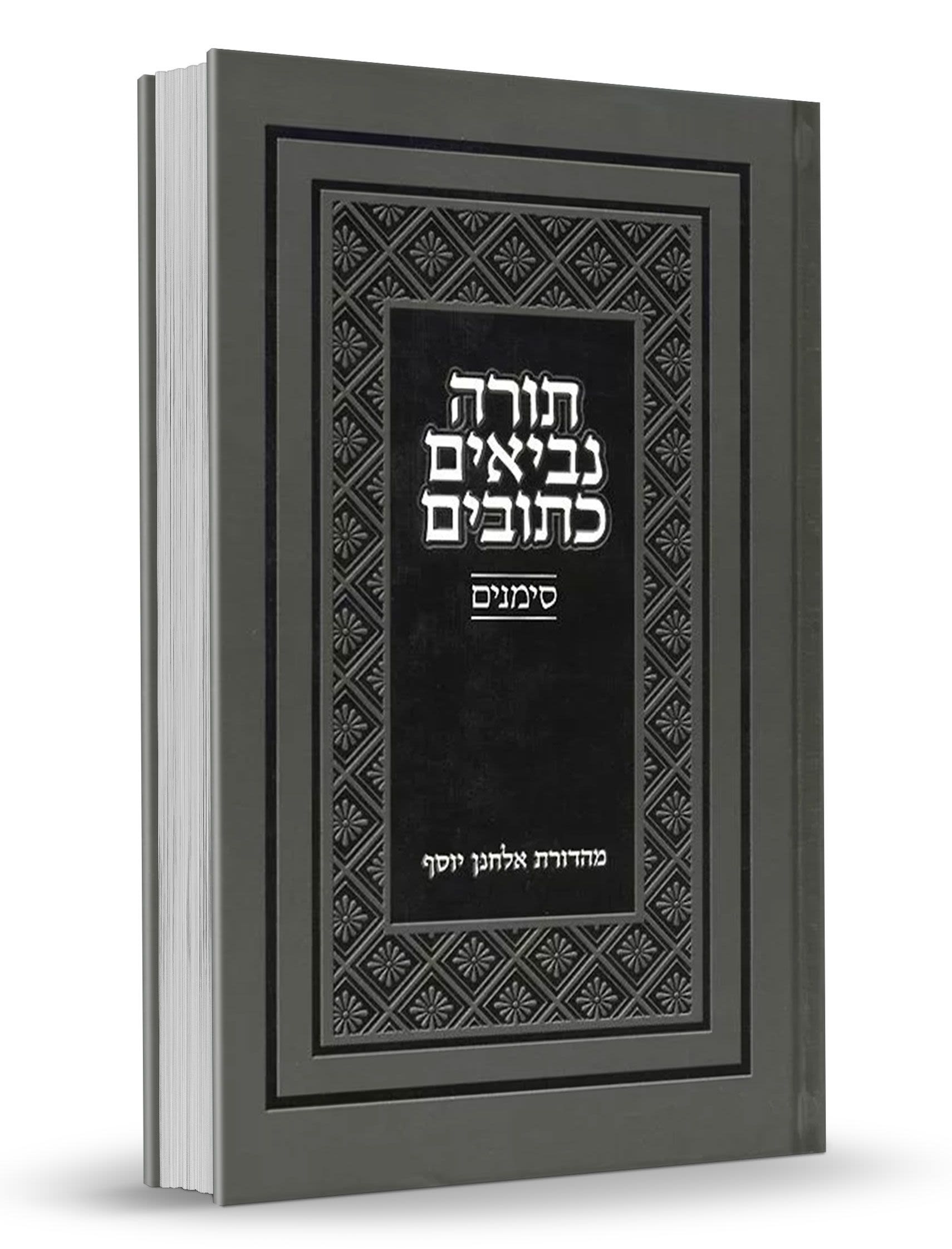
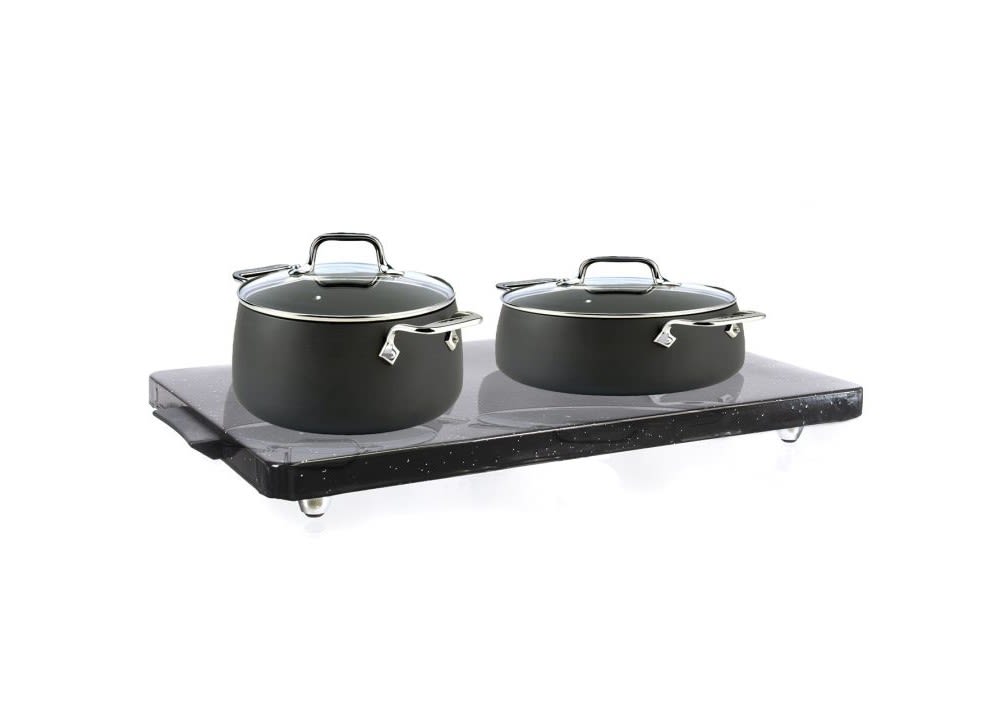
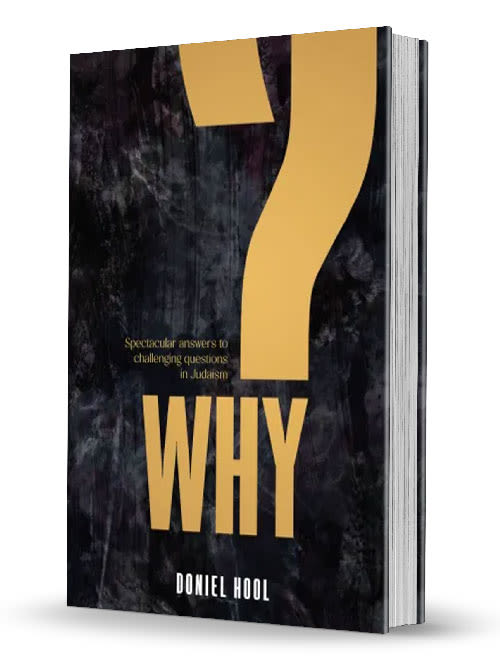
Tell us what you think!
Thank you for your comment!
It will be published after approval by the Editor.